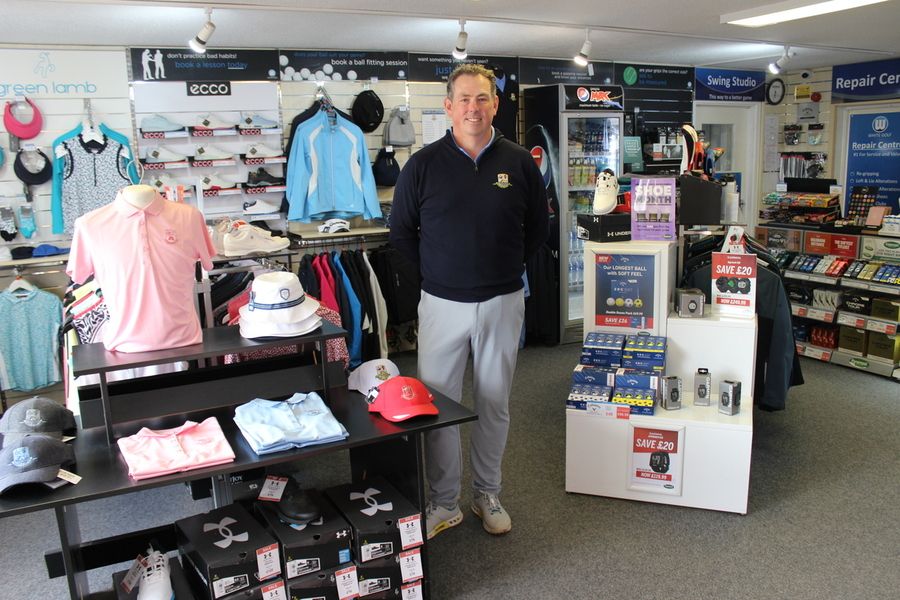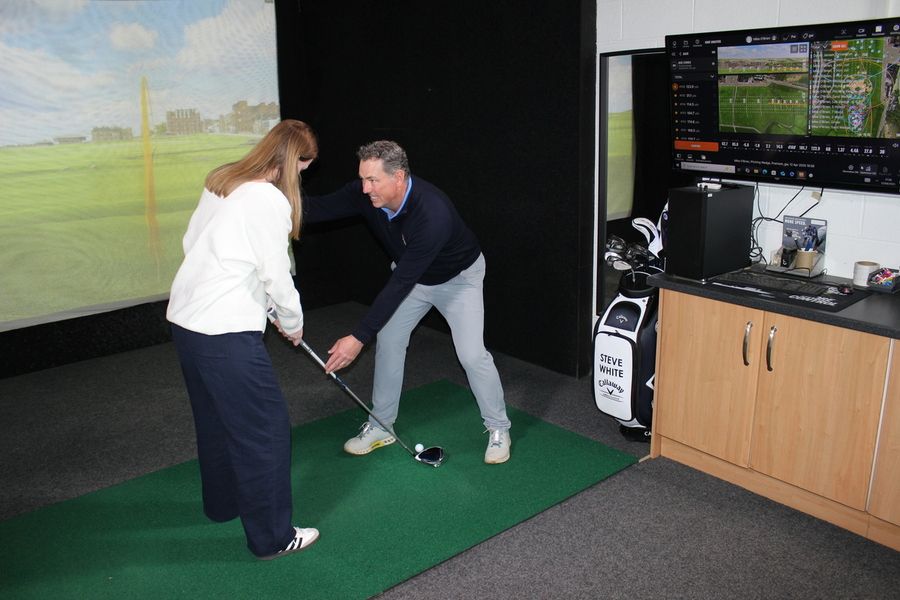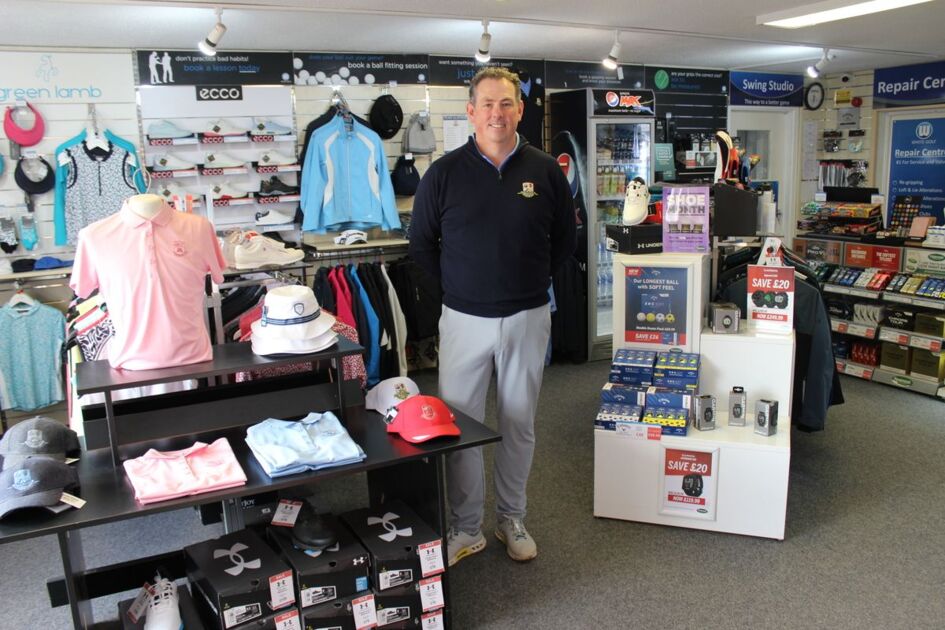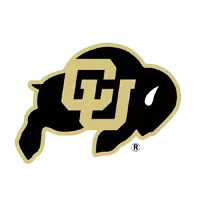Before Steve White joined Thurlestone as Head PGA Professional, the junior membership consisted of only a few budding young golfers – now it’s a very different story
By implementing a clear pathway to learn the game and improve, while also encouraging participation from their parents, Steve White’s South Devon club is now flooded with as many as 60 enthusiastic youngsters each Saturday – and over 100 junior memberships.
From starting summer camps to offering discounted membership, White has used several different strategies to increase participation in young people. He shared his secrets to building a thriving junior section.
Get parents on board as well as their children
When I first came here, there was only two juniors. I set up a junior golf academy with my team and here we are now 12 or 13 years later on, and we’ve got 60 kids that come every Saturday.
My trade secret is a small fish to catch a big fish! If you can get the club to work and make it more family-orientated, you will have the kids’ memberships, and then the adults’ memberships, and also quite a lot of their weekend spend. They’ll eat here and they’ll attend functions. They tend to play a lot together. We’ve now got over 100 juniors that are now members.

Track their progress
You need to have a clear pathway. We do the lessons in batches of six, so we work within term times. That way, the kids are in a routine, and we have five lessons within a small group, six or eight juniors in each group. Then on the lesson number six, we’ve adopted Golf Access.
Golf Access is a way of giving kids a benchmark as to where they’re at with their golf before handicap. They get given certificates for scoring certain scores over three, six or nine holes, and then once they achieve their certificate, they get a wristband and then they know how many they need to get to the next level next time.
Golf Access keeps them on board and engaged. It also means that if their parents aren’t golfers, we used to find that some of them would never play golf, but they would come to the lesson. So this way, it almost forces their hand to play golf, and as a result of which, they ultimately get better and then become even more engaged.
They get their certificates each time they do their grading and then we invite those children, whether they’re members or non-members to the junior presentation evening, and we present awards for those kids, as well as the other trophies that go to the kids with handicaps.
Offer a wide range of membership opportunities
It’s quite inclusive from the club. We offer the children half-price junior membership once they’ve completed 12 sessions. Once they’ve done two lots of six, we feel they are good enough to become a member.
It only happens in their first year, but it means that they get them on board. When we first got here, I created a shorter course so that the tees were about 150 yards away from the green. That meant that the smaller kids could go out and play with their parents because essentially, they were starting where their parents drives were finishing.
From the club’s point of view, they were obliging in terms of membership offers for the kids, and then we created a short course. It’s gone on from there. It’s been really good.”

Maximise the opportunity during school holidays
During the summertime, my team will put on summer camp. It’s basically babysitting for the adults. Based on age group, they do half-day courses of two hours. We’ll put on potentially 20 to 30 of those courses throughout the summer holidays.
We’ve provided a service, and we’ve got tennis here as well. They’ll go and do tennis in the morning, have a spot of lunch here at the golf club, and then they do golf all afternoon. The parents are absolutely loving it.
We built around that holiday traffic, any school holidays. We do quite a lot of camps within the normal school term. We do a normal Thurlestone Junior Academy which is what I was describing before in six-week batches.
Off the back of that, we’re also now involved with Golf Sixes within the Golf Foundation. We create a team from the best players of our academy. All that does is lead them to getting involved with the club, becoming members, their parents then become members and so on.
It’s a well-worn track from our point of view. We don’t advertise and we don’t go out to schools anymore, because we’re literally full all the time. It’s just down to us now if we ever need to top up, then we might do like a ‘bring a buddy’ week, or we might get them even to bring their parents along. Off the back of that pathway, we’re now creating adult pathways which essentially will mirror the same thing.







